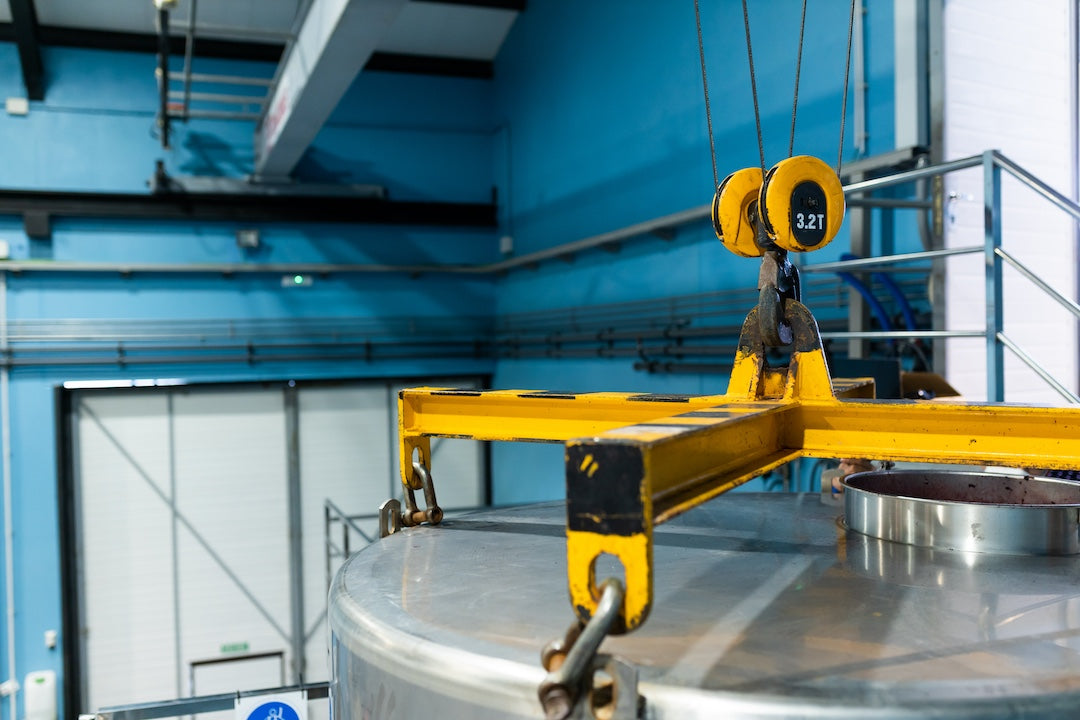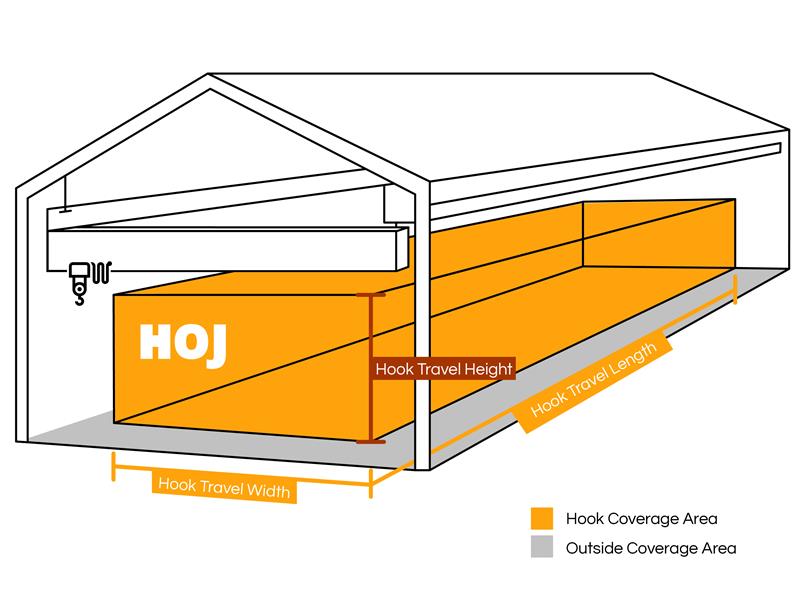Your Cart is Empty

6 Tips for Buying the Best Pallet Jack for your Warehouse
A lot of lifting and moving goes on inside of a warehouse and it’s not just forklifts and hoists that are doing all the work. A diverse selection of pallet jacks, electric and manual, play a key role in keeping a warehouse inventory moving. At HOJ Innovations, we’ve been in the warehouse industry for over 50 years and are here to help you decide what pallet jack suits your needs. Here are some quick tips to consider that will help you know what pallet jack is right for you.
Manual, Electric, Rider?
There are a few different types of pallet jacks on the market today. Picking the wrong one can greatly inhibit a warehousing operation or incur unnecessary costs if you purchase one that isn’t needed.
1. Manual pallet jacks
The manual pallet jack is the most common and can be found in most warehouses. These pallet jacks are best for moving loads short distances and that aren’t too heavy to push or pull with only human power. It consists of steel forks and a man powered hydraulic pump. The lever/handle allows the user to push & pull the device as well as raise and lower it when needed. You are going to get tired if you are using this frequently. You will typically see the capacity range for these jacks anywhere from 4,500-5,500lbs. Keep in mind that you get what you pay for. Generally the less expensive options out there won’t be as reliable as a more expensive one, but the cheap options might be right for you if you only intend on using the lift every now and again.
2. Semi-Powered Pallet Jack,
This is essentially the same as a manual pallet jack, but it includes an electric motor to lift the pallet to the recommended height for transportation. The manual pallet jack requires one to work a pump until the pallet has been lifted. A motorized drive and lift make the semi-electric pallet jacks the perfect tool to assist in reducing wear on the user’s body. It is considered semi-electric because the release lever lowers the load just by using the built-in hydraulics. This pallet jack is a good option if it is something that you will be using all day as it reduces the stress on the body. Not to mention it is more affordable than the fully electric counterparts. The only cons being the battery life and more frequent repairs than a manual pallet jack. Not only do you have to put this type of lift out of action every now and again to charge it for a few hours, but it will have decreased performance under extreme conditions, constant heavy loads or if it has to go up and down incline plains. Keep all of this in mind when purchasing a semi-powered pallet jack and be sure to check the specs and reviews (if available) before purchasing.

3. Fully Electric Walk Behind Pallet Jacks
Completely electric, powered jacks have a completely electric lift as well as an electric drive to move it forward and reverse. All it needs is someone to control it by walking behind it. This pallet jack is a larger option for larger operations. It goes faster, farther and can carry far greater capacities than other manual pallet jacks. Easy to operate, this lift will be pulling its own weight all day. You’re still looking at battery life as a con since it can only work for a limited time before needing a recharge.

4. Fully Electric Rider Pallet Jacks
Simply put, fully electric rider pallet jacks allow the operator to stand on a raised platform connected to the pallet jack itself. Without having to walk a step, this gives the operator the ability to transport a pallet or multiple pallets at a time to the other side of a warehouse if needed. Fast, reliable, and highly maneuverable, these pallet jacks are popular for many large operations. Since zero manpower is required, this is the easiest option for your employees too.
5. Pallet Jack Specs to Keep in Mind
The average width of one fork of a pallet jack is 7 inches. The average width from outside edge of one fork to another is 20.5 - 27”. Fork length also an important factor to keep in mind when choosing a pallet jack. If you choose one that is too long it can make it difficult to maneuver around your warehouse. If it’s too short it might not be sufficient to support your load.
What about lift height? Well, the majority of pallet jacks only lift a few inches off the ground in order to lift and move your load to the desired destination. Some jacks on the other hand lift loads up to 8 feet high or higher so that the user can also stow away inventory onto shelving. Be advised that you must check the capacity of the jack at different heights so as to not exceed the load limit, which could cause the jack to tip over from the weight. This could potentially damage inventory and injure employees.
Pallet Jack capacity is the easy part. Find a pallet jack with a capacity greater than the weigh you need to lift. Also keep in mind the weight of the pallet jack itself because you are not only moving your load but also the weight of the jack.
6. Pallets
The most common type of pallet is a 40” x 48” GMA pallet. GMA stands for Grocery Manufacturers Association, simply put, it’s just a standardized pallet to make the shipping and storage of products easier across the country. GMA pallets have a 2,500 lbs. capacity as well as four-way forklift entry points. The average pallet jacks’ forks are 48” long which allows them to easily lift any GMA pallet. Be sure to check what type of pallet you are using before purchasing your next pallet jack.

There are many different pallet jacks on the market today so it’s important to educate yourself on which will be right for your needs. If you have any questions or would like to speak to and industry professional, feel free to reach out or visit our website.








